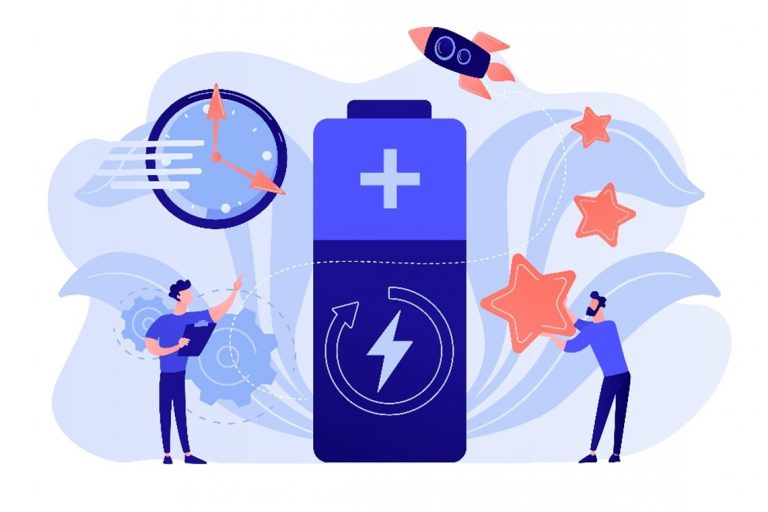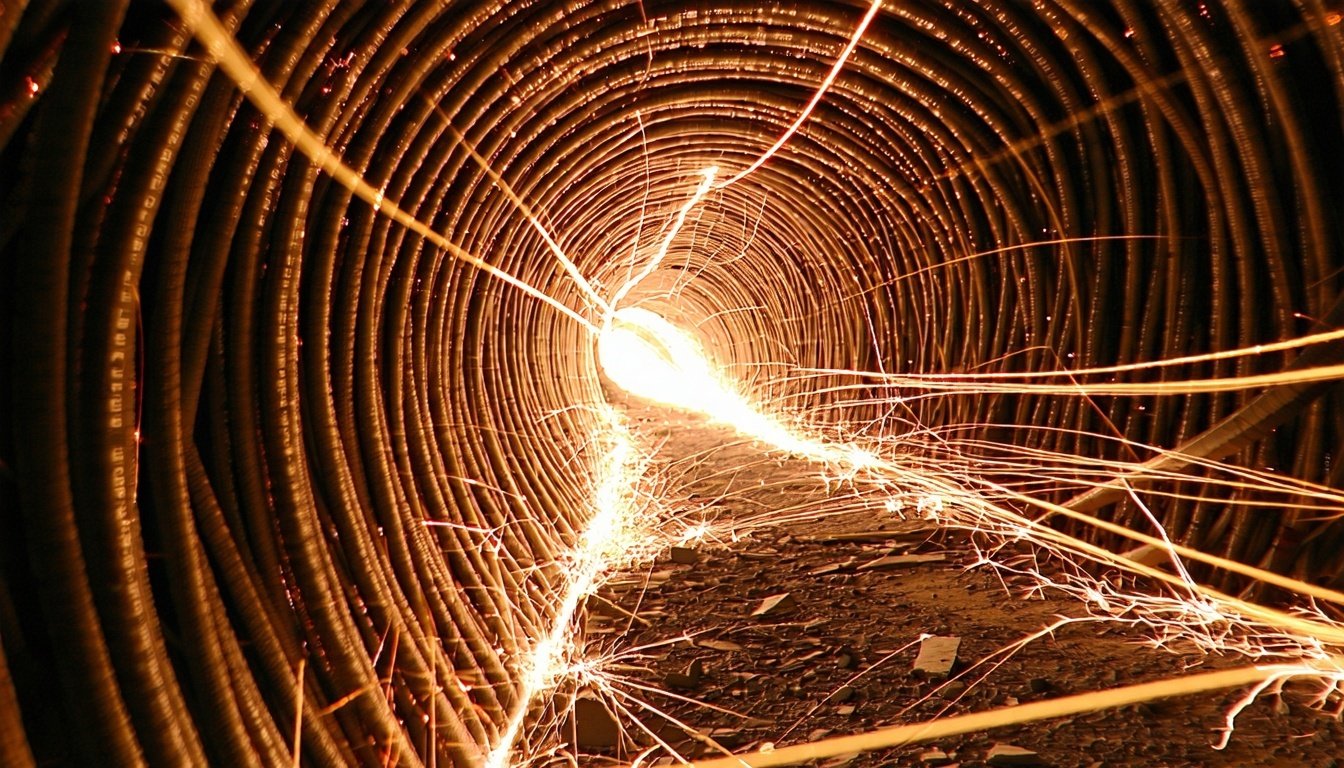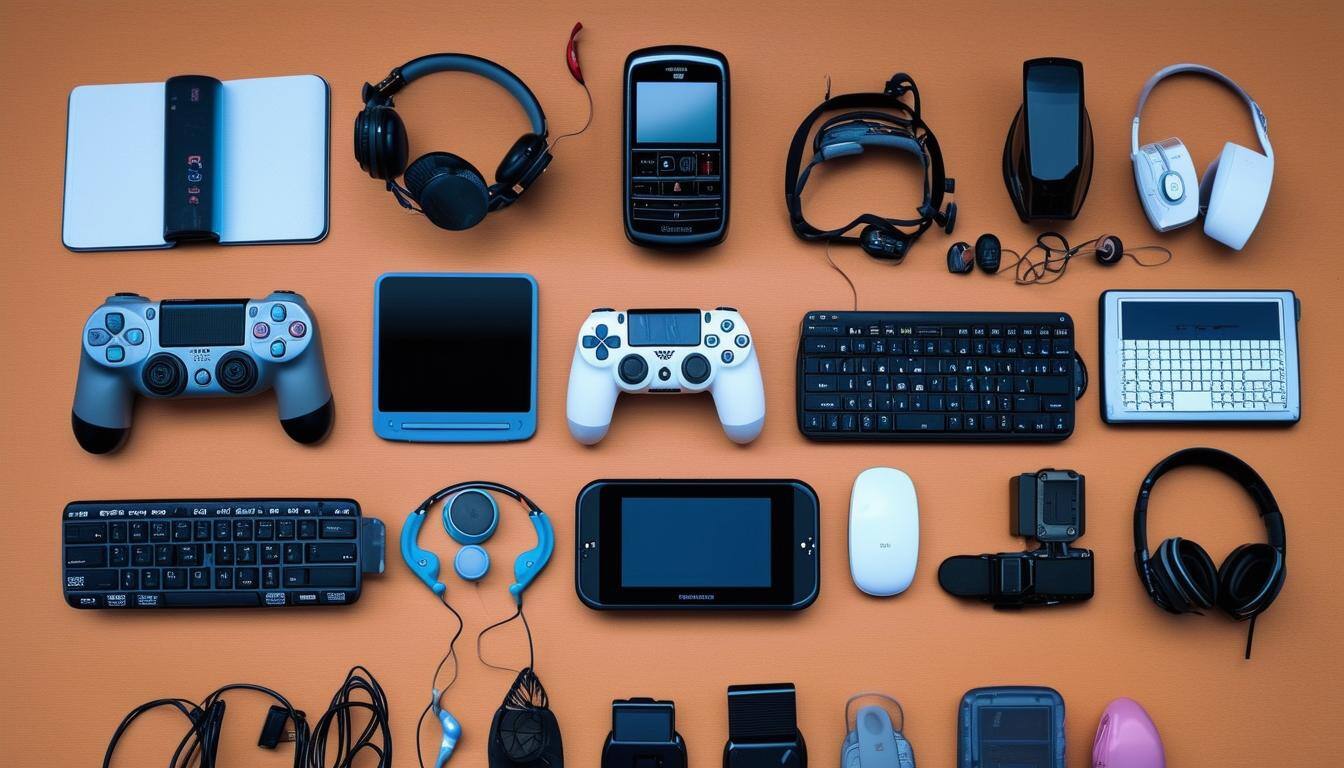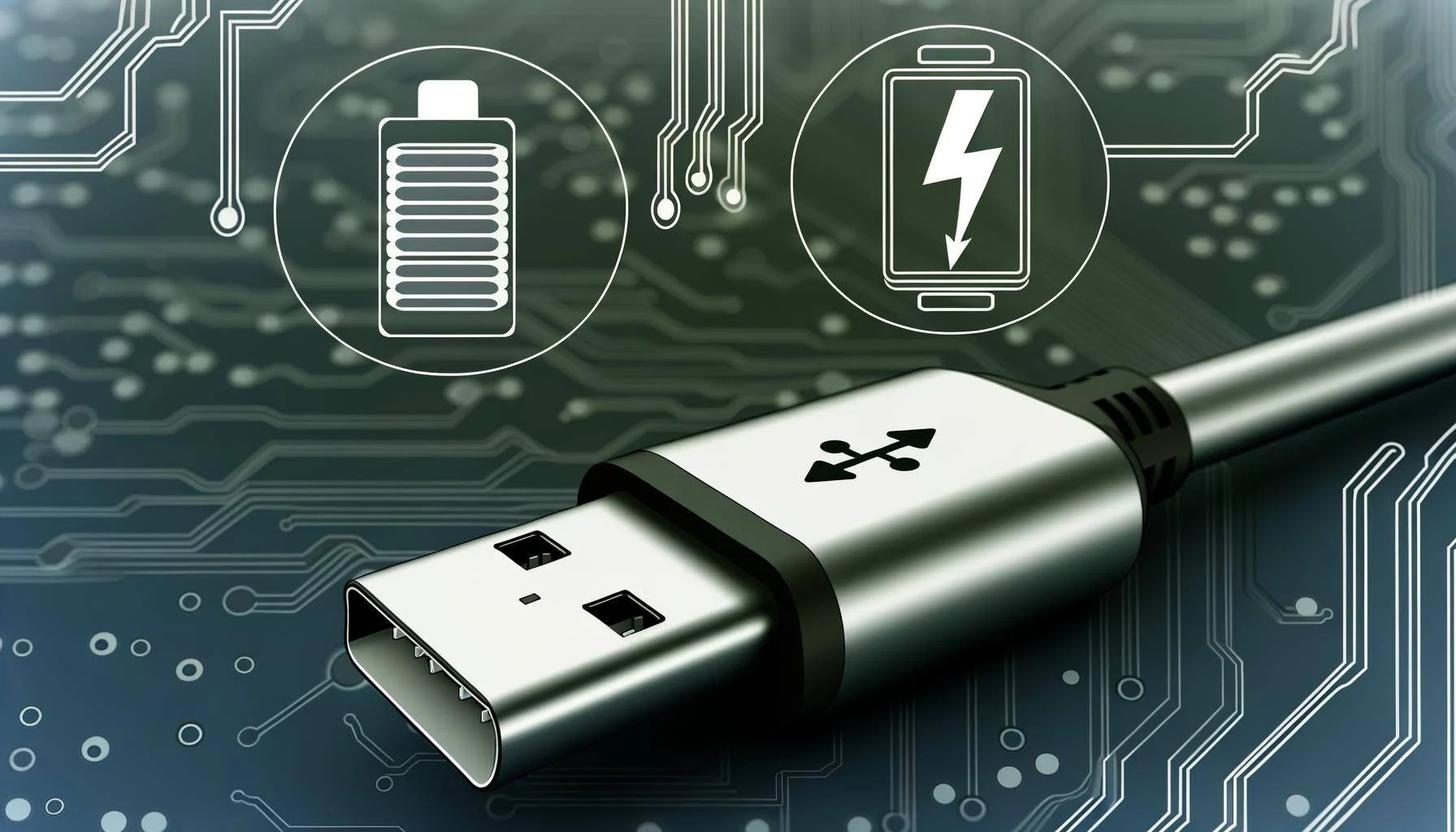As digital products such as phones and computers get more powerful, and their screens become bigger, energy consumption is also increasing. Charging these devices quickly is now a key concern for users.
Issues faced by end users include:
- Phones with a quick charge function that still charge slowly
- Phones which heat up while they are charging
- Whether quick charging is safe or risky? (Explosions during charging are rare, but not unknown)
The quality of products on the market varies tremendously, which has an impact on performance. For example, if the charger they are using does not meet industry standards, consumers cannot quick charge their phones. Non-standard chargers or defective wires can also pose a potential safety risk.

How quick charge works:
The power of electricity is expressed in Watts (W). This “wattage” is determined by multiplying the voltage (V) by current (A). The higher the charging wattage, the shorter the time needed for charging.
Today, quick charge technology works in three ways:
- High voltage and low current: increase the voltage to enhance the charging power
- Low voltage and high current: increase the current to enhance the charging power
- High voltage and high current: enhance voltage and increase current

In simple terms, quick charge enables improved charging speeds within a safe load range. Quick charge technologies that are popular in the market include Qualcomm's® Quick Charge™ (QC) and USB Power Delivery (USB PD), which is defined by the USB Developer Forum.
| Technology | Quick Charge (QC) | USB Power Delivery (USB PD) |
| Developer | Qualcomm | USB-IF |
| Logo |  |
 |
| Previous | QC 1.0/ 2.0/ 3.0/ 4/ 4+/ 5 | PD 1.0/ 2.0/ 3.0 |
| Max. Output Power | 100W | 100W |
| Communication Protocol | USB PD 3.0 Compatible | USB PD |
| Note | For the charger that supports QC fast charging technology and obtains certification, its LOGO can be seen on the shell | The corresponding LOGO can be seen as the adapter obtains the corresponding USB-PD certification. |
What is USB Power Delivery?
USB Power Delivery (USB PD) is a USB (Universal Serial Bus) power supply expansion standard available for charging devices at up to 100W via a USB cable. The maximum charging power used to be 2.5W for USB 2.0, 4.5W for USB 3.0, and 7.5W for BC version 1.2. The jump to 100W allows users to charge power-hungry devices, such as laptops, and tablets, that were previously unsupported via USB.
The USB Type-C® connector used by USB PD enables something that used to be impossible – charging a device while data is being transmitted via USB. The connector supports phones, cameras, rechargeable batteries, tablets, laptops, and monitors, using a single cable to handle charging and data transmission. In addition, since it supports Alternate Mode, USB PD can also process video signals. This means that users can now use a single USB cable to transmit data, power a device and charge its batteries at the same time.
USB Power Delivery(USB PD)
The USB Power Delivery (USB PD) 1.0 specification sets five profiles for power supply capability (Profiles 1 to 5):
- Profile 1 – Provides a 5V@2A 10W power supply, suitable for various portable devices such as phones
- Profile 2 – Provides a 5V@2A or 12V@1.5A 10~18W power supply, suitable for tablets or external storage devices
- Profile 3 – Provides a 5V@2A or 12V@3A 36W power supply, suitable for devices such as ultrabooks
- Profile 4 – Provides a 5V@2A or 12/20V@3A 60W power supply – the maximum power supported by Micro-USB – suitable for All-in-One computers)
- Profile 5 – Provides a 5V@2A, 12V@5A or 20V@5A 100W power supply for standard A/B and USB Type-C® connectors, suitable for LCD monitors and flat panel TVs
USB PD 1.0 supports four voltage types, including 5V, 9V, 15V and 20V, at power levels up to 100W. It is also backward compatible with USB 3.2/2.0 and BC 1.2/1.1/1.0 and has five Profiles. USB PD 2.0 supports Type-A, Type-B and Type-C interfaces. USB PD 3.0 only supports the USB Type-C® interface, along with PPS (Programmable Power Supply).
USB PD 2.0 vs. USB PD 3.0

What is Quick Charge™ (QC)?
Quick Charge™ (QC), developed by Qualcomm®, is supported in all Android phones and equipped with the SnapdragonTM chipset. In addition to being used in many phones, Snapdragon™ processors also support other brands of processors. The previous versions of QC technology are as follows: QC 1.0 supports 10W and above; QC 2.0 supports 15W and above; QC 3.0 supports 18W and above; QC 3+ supports 18W and above; QC 4 supports 18W(A)/27W(B) and above; QC 4+ supports 18W(A)/27W(B) and above; QC 5 supports 45W and above.

In 2020 Qualcomm® introduced Quick Charge™ 5 (QC 5), a commercial quick charge technology that allows Android smartphones to quick charge at 100W and above. QC 5 is 70% more efficient than QC 4, offering charging speeds that are 4 times faster and enabling batteries to be charged from 0% to 50% within 5 minutes. It can also identify adapters by their power capacity through Qualcomm® Charge Power Intelligent Identification technology, and extend the life of a device's battery by ensuring safe charging at the highest power conversion transfer efficiency.
QC 5 is not only compatible with the previous QC 4+, QC 4, QC 3 and QC 2. It can also be used in USB-PD and Type-C technologies and is compatible with USB standards, so it can be extended to other devices.
QC4+ vs. QC5

GRL is a certification laboratory authorized by the USB-IF and Qualcomm to conduct certification tests for USB PD and QC (Quick Charge) products. Its professional test team helps customers to identify the root causes of problems and solve them quickly.
USB, USB-C®, USB Type-C® and USB-IF are registered trademarks of the USB Implementers Forum
Qualcomm & Quick Charge™ are registered trademarks of Qualcomm Incorporated
Disclaimers
This information is provided for reference only. This information is not and should not be construed as official communications from the USB Implementers Forum (USB-IF) & Qualcomm. The official USB-IF communication is available at usb.org or directly from USB-IF. Qualcomm's official communication is available on the website at https://www.qualcomm.com/.




